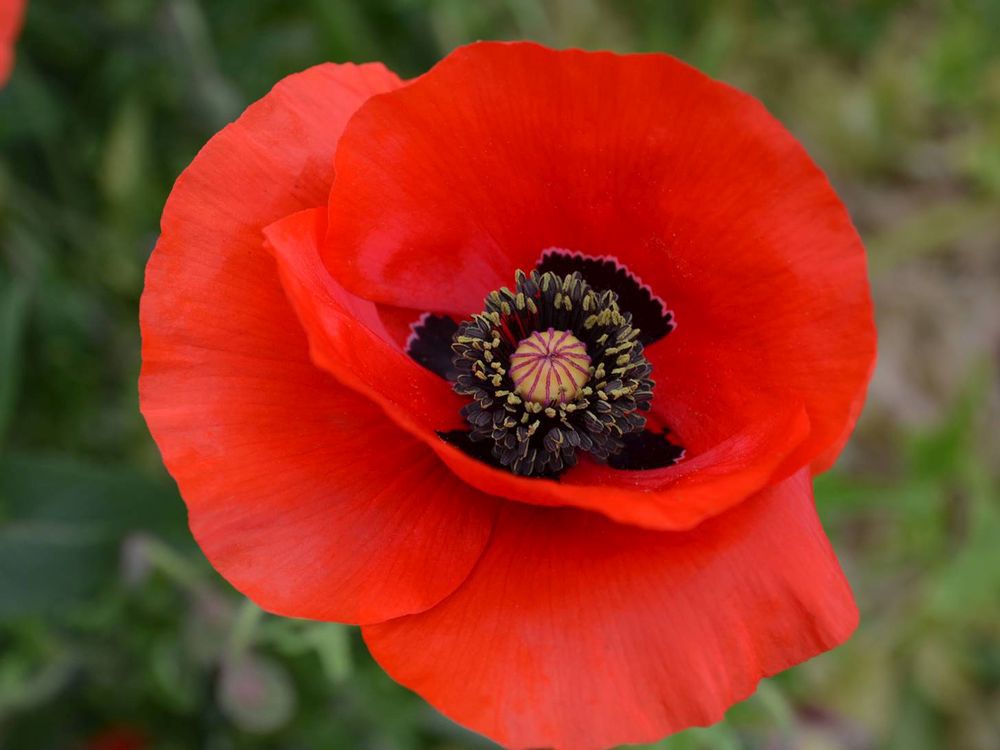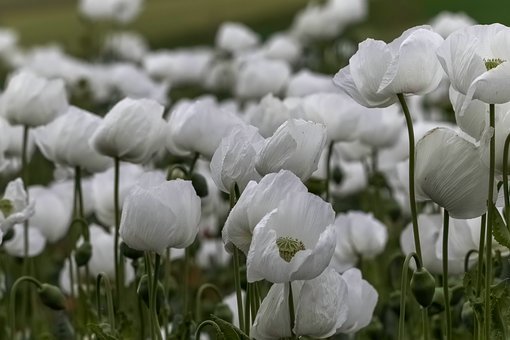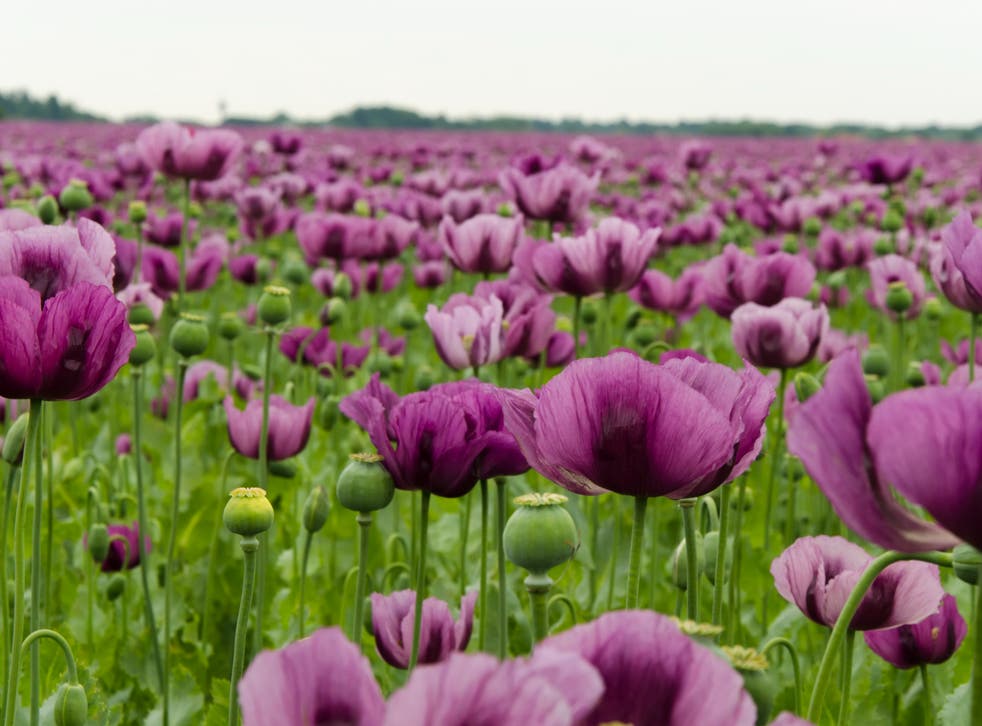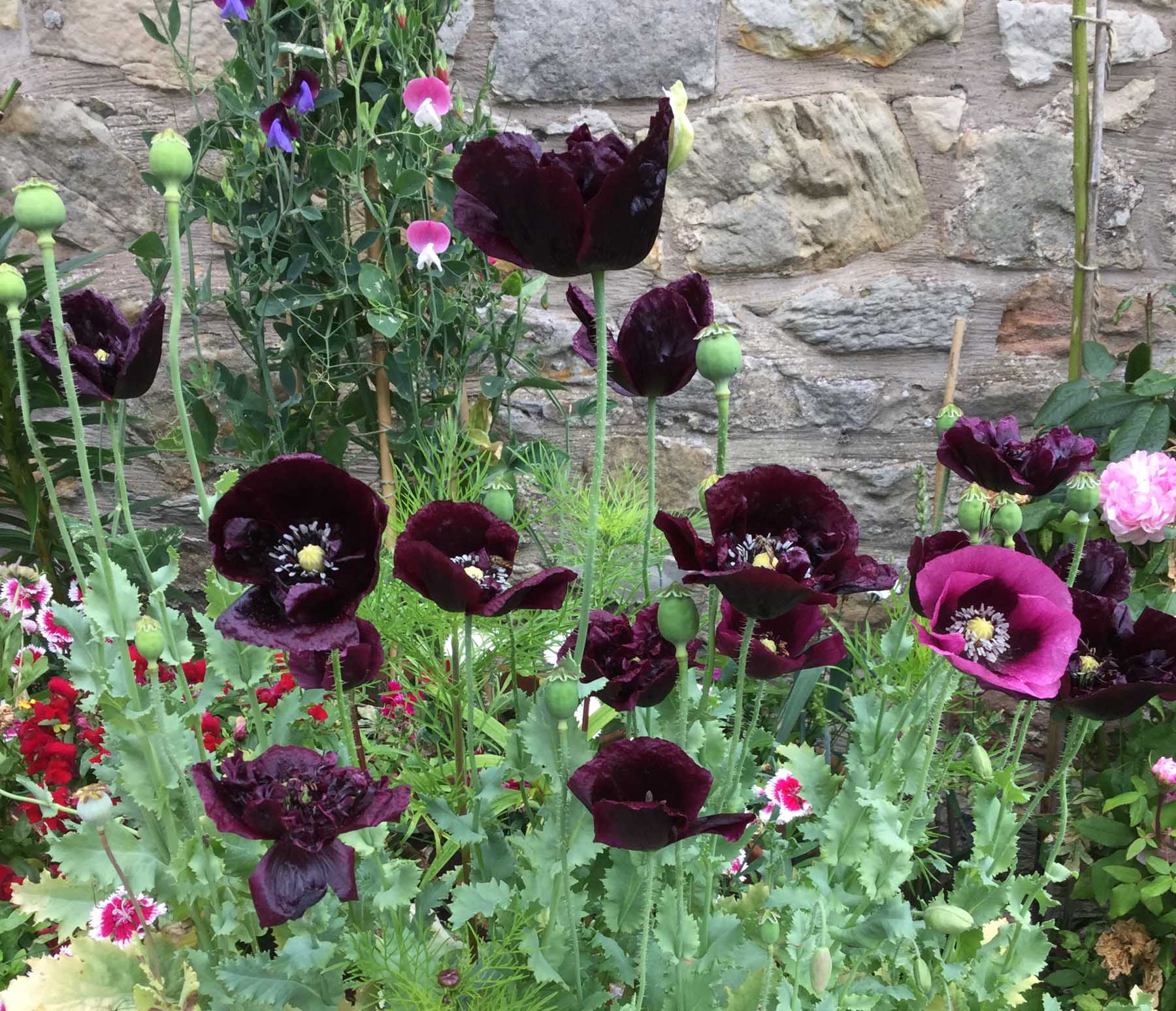Here's What The Four Different Coloured Poppies Represent
Citizens of the United Kingdom and other Commonwealth nations are prepared to pay respect to fallen war heroes as Remembrance Day approaches. Red poppies begin to emerge on coats and jackets, in shops, and at train stations on November 11 and the days around it.
Author:Xander OddityReviewer:Dr. Felix ChaosphereJan 25, 202241 Shares570 Views
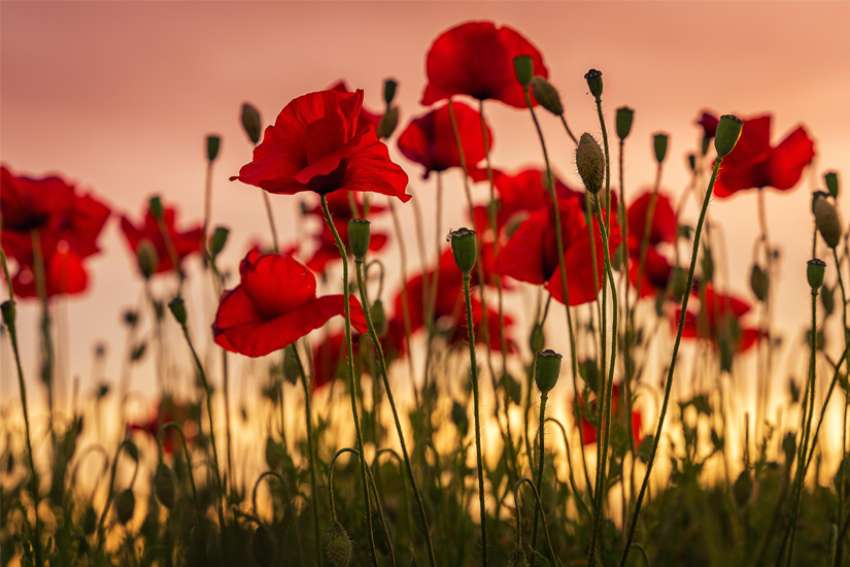
Citizens of the United Kingdom and other Commonwealth nations are prepared to pay respect to fallen warheroes as Remembrance Day approaches. Red poppiesbegin to emerge on coats and jackets, in shops, and at train stations on November 11 and the days around it. According to The Independent, poppies are traditionally worn "in respect" to members of the Armed Forces, with the Royal British Legion distributing roughly 40 million each year to generate donations for veterans.
However, there has been a growing trend in recent years to replace the famous red poppy with other colorful types, each representing a particular cause or ideology.
So, what do the many colors of poppies stand for?
Red
The red paper poppy was first created by the American Legion in 1921 as a symbol for soldiers who fought in the First World War. It is now more widely used in the United Kingdom, Australia, Canada, and New Zealand.
The Imperial War Museum noted that the flower's symbolism "lies in the landscapes of the First World War." The crimson flowers "flourished" on the battlefields, and campaigners began campaigning for the poppy to be made a symbol of remembering in 1918.
White
The white poppy, on the other hand, was designed by the Co-operative Women's Guild in 1933 and adopted as a symbol of anti-war and pacifist sentiment by the Peace Pledge Union (PPU) the following year.
The PPU's Campaigns and Communications Manager Symon Hill told Metro that it is sometimes "mistaken as a generic peace symbol," but its symbolism is more specific. The PPU noted that it represented "remembrance for all war victims, a dedication to peace, and a response to attempts to glamorize or celebrate violence."
Purple
The Purple Poppy Campaign was started by Animal Aid, the UK's oldest and largest animal rights organization, to commemorate the millions of animals sacrificed during WWI and to honor the animals serving now. During the First World War, over eight million horses, donkeys, and pigeons were killed.
Andy Smith, the creator of Animal Aid, replaced the poppies in 2015 with a purple paw badge, which can be purchased on their website. Smith told The Evening Standard, "Our goal was to make it obvious that animals used in battle are victims, not heroes."
Black
Since the 16th century, the black poppy has been connected with the commemoration of black, African, and Caribbean sacrifices to war endeavors.
The "Black Poppy Rose" movement, which began in 2010, aspires to make the black poppy a national symbol of remembering. "With the goal that future generations would be inspired by these largely unsung historical legacies," the organization's website noted, black poppies are intended as a sign of "pride, honour, and glory." The Napoleonic, Crimean, and Boer Wars, as well as both World Wars, are among the wars commemorated by the black flowers.
What Do The 3 Poppies Represent?
While no explanation has been given, it could be a reference to the United Kingdom's three military services: Navy, Army, and Air Force. Another hypothesis is that Kate wears three poppies in memory of her great-three grandmother's brothers who died in World War I.
Why Does The Queen Wear 5 Poppies?
While Her Majesty's five poppies are assumed to represent each service in the war: the Army, Navy, RAF, Civil Defence, and women, Buckingham Palace has never verified the rationale for the monarch's decision.

Xander Oddity
Author
Xander Oddity, an eccentric and intrepid news reporter, is a master of unearthing the strange and bizarre. With an insatiable curiosity for the unconventional, Xander ventures into the depths of the unknown, fearlessly pursuing stories that defy conventional explanation. Armed with a vast reservoir of knowledge and experience in the realm of conspiracies, Xander is a seasoned investigator of the extraordinary.
Throughout his illustrious career, Xander has built a reputation for delving into the shadows of secrecy and unraveling the enigmatic. With an unyielding determination and an unwavering belief in the power of the bizarre, Xander strives to shed light on the unexplained and challenge the boundaries of conventional wisdom. In his pursuit of the truth, Xander continues to inspire others to question the world around them and embrace the unexpected.

Dr. Felix Chaosphere
Reviewer
Dr. Felix Chaosphere, a renowned and eccentric psychiatrist, is a master of unraveling the complexities of the human mind. With his wild and untamed hair, he embodies the essence of a brilliant but unconventional thinker. As a sexologist, he fearlessly delves into the depths of human desire and intimacy, unearthing hidden truths and challenging societal norms.
Beyond his professional expertise, Dr. Chaosphere is also a celebrated author, renowned for his provocative and thought-provoking literary works. His written words mirror the enigmatic nature of his persona, inviting readers to explore the labyrinthine corridors of the human psyche.
With his indomitable spirit and insatiable curiosity, Dr. Chaosphere continues to push boundaries, challenging society's preconceived notions and inspiring others to embrace their own inner tumult.
Latest Articles
Popular Articles
